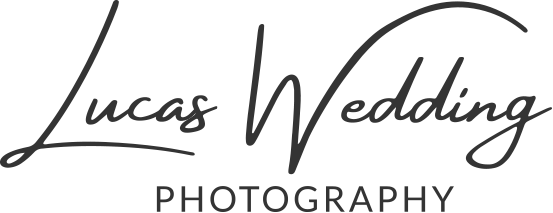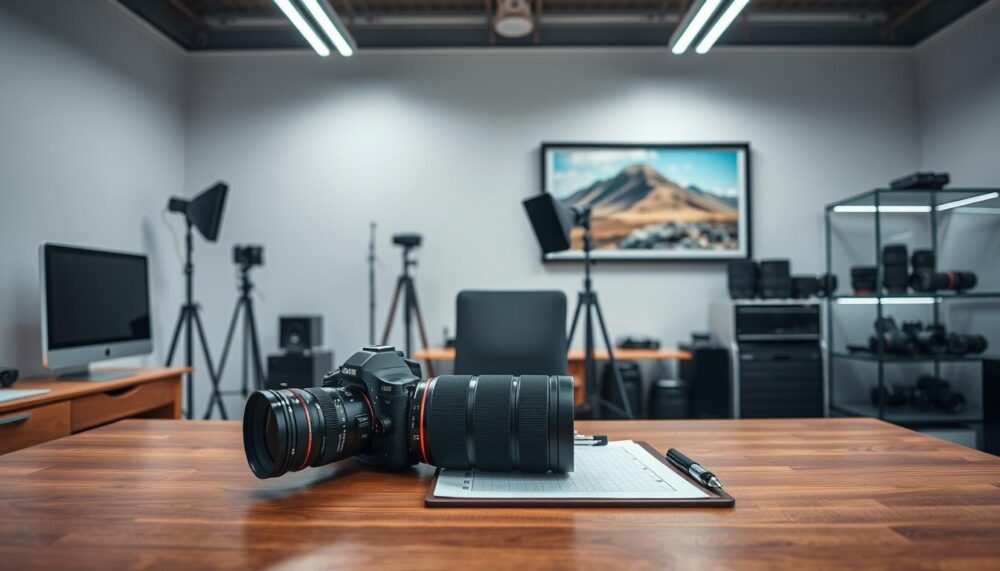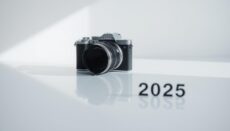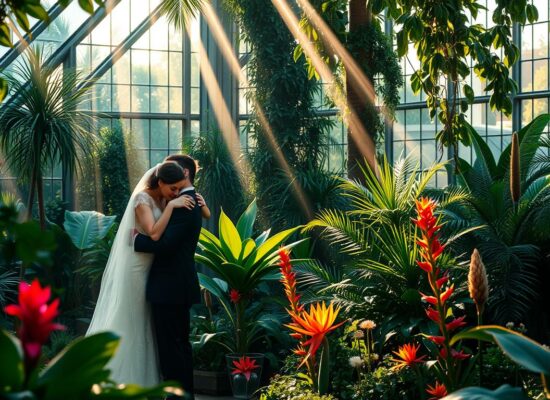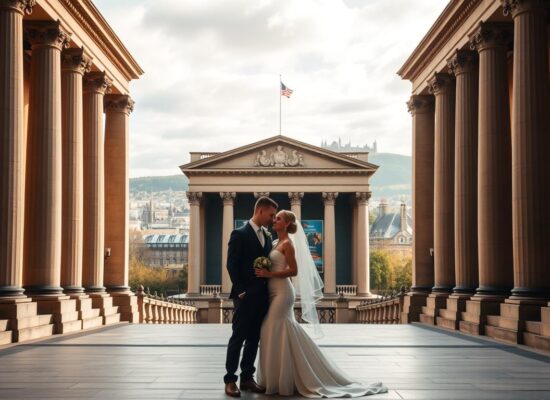With over 1.81 trillion photos captured globally in 2024—93% via smartphones—the demand for professional photography remains strong. While mobile devices dominate casual snaps, experts deliver superior quality, precise lighting, and multi-format compatibility.
In the UK, photographers offer varied services, from portraits to events, with hourly rates starting at £100. Specialised shoots, like weddings, can exceed £300 per hour. Understanding billing methods—fixed, daily, or hourly—helps clients budget effectively.
By 2025, niche photography and hybrid digital-physical packages are expected to rise in popularity. Investing in professionals ensures lasting memories, creative direction, and technical expertise.
Key Takeaways
- Smartphones dominate casual snaps, but professionals deliver higher-quality images.
- UK rates begin at £100/hour, with weddings costing upwards of £300/hour.
- Billing methods vary—fixed, daily, or hourly—so clarify costs beforehand.
- Niche photography and hybrid packages will gain traction in 2025.
- Professionals offer creative direction, technical skills, and enduring results.
Introduction to Photography Pricing in the UK
The UK lacks a one-size-fits-all model for photography rates. Professionals tailor pricing to project scope, expertise, and client needs. Whether you’re booking a wedding shoot or corporate services, understanding these variables helps manage costs effectively.
Billing Models Explained
Photographers typically use four services structures:
- Fixed-project: A set fee for deliverables like a wedding album.
- Day rates: Ideal for events, averaging £250–£600.
- Hourly: Common for portraits, starting at £100/hour.
- Per-picture: Rare but used in commercial work.
Hidden Cost Factors
Beyond base rates, consider:
- Travel: Charges for locations outside the photographer’s base.
- Editing: Retouching can add 10–20% to the total.
- Equipment: Specialised gear may incur rental fees.

Regional Variations
Prices fluctuate across the UK. London commands premiums, while rural areas offer more budget-friendly options.
| Region | Average Hourly Rate | Day Rate Range |
|---|---|---|
| London | £120–£200 | £400–£800 |
| Midlands | £80–£150 | £300–£600 |
| Scotland | £70–£130 | £250–£500 |
Always request a written agreement. It clarifies deliverables, preventing surprises in your final invoice.
Average Photography Costs in the UK
Photography pricing varies significantly based on service type and duration. Whether you need a quick portrait session or a full-day event, understanding hourly rates and day rates helps plan your budget effectively.
Hourly Rates for Different Services
In the UK, hourly rates range from £100 for portraits to £250 for weddings. Commercial shoots average £125/hour, while niche services like fashion or food photography may cost £175–£200. Here’s a quick comparison:
- Corporate: £125/hour
- Weddings: £250/hour
- Portraits: £100/hour
- Pet photography: £130/hour
For multi-location shoots, project-based pricing often works better than hourly billing. Editorial work, for example, benefits from fixed fees covering travel and editing.
Day Rates vs. Project-Based Pricing
Day rates typically span £200–£2,000, depending on specialisation. A wedding photographer might charge £800/day, while corporate events average £500. Volume discounts apply—booking five days could save 10–15%.
Consider project-based pricing for complex assignments. An 8-hour wedding package often costs less than à la carte options. Hybrid bundles, combining shooting and post-production, are gaining traction in 2025.
For more details, explore this UK photography pricing guide.
Types of Photography and Their Prices
Professional photography spans diverse genres, each with unique demands and pricing structures. Whether you’re planning a wedding, corporate event, or creative shoot, understanding these variations ensures you allocate your budget wisely.
Wedding Photography
Weddings are among the most intricate shoots, reflected in their prices. Packages typically range from £600 to £3,000+, covering:
- Second shooters: Ensures no moment is missed.
- Album design: Handcrafted layouts for lasting keepsakes.
- Emergency backups: Redundant equipment for reliability.
“Couples prioritise storytelling—every glance and gesture matters. That’s why we invest in dual-camera setups and lightning-fast editing.”
Event Photography
From galas to conferences, event photography captures candid moments. Rates average £150–£400/hour, with bulk discounts for multi-day bookings.
Portrait Photography
Portraits focus on individuality, with sessions starting at £100/hour. Family or solo shoots often include:
- Location scouting
- 10–15 edited images
- Optional print packages
Commercial and Corporate Photography
Businesses require polished visuals for branding. Commercial photography costs vary:
| Service | Average Rate |
|---|---|
| Product shoots | £200–£500/session |
| Annual reports | £800–£1,500/day |
| Corporate headshots | £50–£150/person |
Specialised Niches
Niche fields like food or pet photography command premium prices due to specialised skills:
- Food styling: Adds 20–30% to base rates.
- Animal handling: Requires certifications and insurance.
- Drone sessions: £200–£500, including aerial permits.
By 2025, eco-conscious commercial shoots are predicted to grow by 15%, blending sustainability with visual appeal.
Key Factors That Influence Photographer Rates
Several critical elements shape a photographer’s pricing structure in the UK. While rates vary widely, they’re rarely arbitrary—each reflects the professional’s experience, logistical demands, and creative labour. Here’s what drives the final quote.
Experience and Expertise
Award-winning professionals command higher fees than newcomers. A seasoned photographer with a robust portfolio might charge 30–50% more for the same session. Specialised skills, like drone operation or food styling, further elevate rates.
Consider tiers:
- Entry-level: Ideal for simple portraits or small events.
- Mid-career: Balances cost and quality for weddings or commercial work.
- Elite: Top-tier artists with industry recognition or niche mastery.
Location and Travel Costs
Location significantly impacts pricing. London sessions cost 46% more than those in Wales due to higher overheads. Rural shoots may incur travel fees—mileage, accommodation, or per diems—adding 10–20% to the total.
For example, a countryside elopement could require:
- Fuel or train expenses (£0.45/mile).
- Overnight stays (£80–£150/night).
- Meal allowances (£25–£50/day).
Post-Production and Editing
Editing transforms raw shots into polished art. Basic colour correction might be included, but advanced retouching costs £50+/hour. Most photographers tier their post-production services:
- Essential: Exposure fixes and cropping (included).
- Enhanced: Skin smoothing or object removal (£20–£30/image).
- Premium: Compositing or AI-assisted edits (£50–£100/hour).
Always clarify editing scope in your wedding photography terms to avoid surprises.
Equipment also factors into quotes. High-end cameras and lenses depreciate over time, and specialists may charge extra for niche gear like underwater housings or studio lighting.
Regional Price Variations Across the UK
Photography costs differ noticeably across UK regions, reflecting local economic factors. While quality remains consistent, rates adapt to demand, overheads, and competition. Understanding these regional price variations helps clients allocate their budget wisely.
London and South-East England
London commands the highest prices, averaging £190/hour—46% above Northern Ireland’s £130. This premium covers:
- Studio rents: Central spaces cost £1,200+ monthly.
- Insurance: Higher liability coverage in dense urban areas.
- Labour: Assistants and editors demand London-weighted salaries.
South-East England follows closely, with Brighton and Oxford charging only 10–15% less than the capital.
Scotland, Wales, and Northern Ireland
These regions offer more affordable options without compromising quality. Edinburgh’s rates start at £140/hour, while Cardiff averages £120. Key advantages:
- Lower travel fees for rural shoots.
- Flexible scheduling due to less market saturation.
- Unique landscapes at no extra location cost.
“Clients often overlook Northern Ireland’s value. Our £130/hour includes coastal access you’d pay £250 for in Cornwall.”
Midlands and Northern England
Birmingham photographers serve London clients at 70% of the capital’s rates, leveraging:
- Lower business costs.
- High-speed rail links for easy travel.
- Similar editing standards via remote collaboration tools.
By 2025, experts predict an 8% price convergence nationwide, driven by remote editing tech and hybrid work models.
Insider tip: Booking a Manchester-based photographer for a London event can save £400/day, with travel expenses often included.
How Much Do Photographers Charge for Pictures? Breaking Down Packages
Photography services often come bundled in customisable packages. These bundles simplify planning but may exclude essentials like print rights—overlooked by 62% of clients. Knowing what’s included ensures your budget aligns with expectations.
Standard Inclusions
Most packages cover edited JPEGs, basic retouching, and online galleries. These suit casual shoots but may lack flexibility. For instance, RAW files—crucial for commercial edits—often cost extra. Always confirm:
- Delivery format: USB drives add £20–£50.
- Editing speed: Rush jobs start at £75.
- Usage rights: Personal vs. commercial licenses differ in price.
Navigating Hidden Costs
Beyond base fees, watch for:
- Weekend premiums: Saturdays often incur 15–20% surcharges.
- Cancellation policies: Non-refundable deposits (25–50%) are standard.
- Storage: By 2025, GDPR-compliant cloud backups will likely replace USBs.
“Clients assume RAW files are free—they’re not. Each hour of editing consumes £50–£100 of our time.”
Pro tip: Compare packages line-by-line. A £300 portrait session with 10 images may cost less than à la carte pricing.
Budgeting for Your Photography Needs
Smart planning ensures you get stunning photos without overspending. A recent survey revealed 43% of clients pay for unnecessary extras. By focusing on prioritising key shots and balancing quality with affordability, you can maximise your budget effectively.
Prioritising Must-Have Shots
Start by categorising your shot list:
- Essential: Non-negotiable moments (e.g., wedding vows or product close-ups).
- Nice-to-have: Secondary shots if time permits (candid group photos).
Allocate 60% of your budget to shooting these priorities. This avoids last-minute add-ons that inflate costs.
Balancing Quality and Affordability
High quality doesn’t always mean high costs. Consider these trade-offs:
| Compromise | Savings | Impact |
|---|---|---|
| Fewer locations | 20–30% | More time for lighting perfection |
| Digital-only delivery | £50–£100 | Skip prints but retain editing flexibility |
“Clients who focus on sensor size over megapixels often get better results within their budget.”
By 2025, AI tools will help photographers streamline shot selection, reducing editing costs by 15%. Investing in a pro’s lens pedigree now ensures timeless quality.
How to Save Money on Professional Photography
Smart clients know professional photography doesn’t have to break the bank. With strategic choices, you can secure exceptional results while staying within your budget. From timing your shoot to selecting the right package, here’s how to maximise value.
Booking Off-Peak Times
Photographers often discount off-peak periods to fill their calendars. Winter weddings, for example, save 18% on average compared to summer dates. Midweek corporate events also attract lower rates.
Consider these quieter slots:
- January–March: Cold-weather weddings with cosy aesthetics.
- Weekdays: Ideal for business headshots or portfolio updates.
- Early mornings: Golden-hour light without weekend premiums.
Opting for Digital-Only Packages
Digital-only deliveries cut costs by 30%, skipping physical prints and albums. While pro labs offer superior quality, DIY printing suits casual projects. Clarify usage rights upfront—commercial licenses may cost extra.
| Option | Average Savings | Best For |
|---|---|---|
| Digital files only | £150–£300 | Social media, online portfolios |
| Hybrid (digital + prints) | £50–£150 | Families, gift albums |
Negotiating with Photographers
Respectful negotiating can unlock discounts, especially for bundled services. Engagement and wedding combos often save 10–15%. Avoid haggling—instead, ask about:
- Referral discounts for repeat bookings.
- Payment plans to spread costs.
- Trade-offs like fewer locations for lower rates.
“Clients who bundle services get priority scheduling. It’s a win-win—we fill gaps, they save money.”
By 2025, expect more studios to offer midweek discounts as hybrid work reshapes demand.
Choosing the Right Photographer for Your Budget
With 78% of top professionals rejecting over half of inquiries, securing the right fit requires strategy. Balancing budget and quality means vetting portfolios, clarifying contracts, and anticipating 2025 trends like VR portfolios.
Where to Find Reliable Professionals
Not all platforms offer equal reliable professionals. The British Institute of Professional Photography (BIPP) verifies credentials, while freelance marketplaces may lack quality control. Watch for these portfolio red flags:
- Inconsistent lighting: Suggests inexperience with dynamic conditions.
- Overedited skin tones: May mask poor original shots.
- Limited genre variety: Could indicate niche specialisation or inflexibility.
Questions to Ask Before Hiring
Key questions reveal a photographer’s preparedness. Prioritise these:
- Backup gear: Dual cameras prevent mishaps.
- Insurance: Covers equipment and liability.
- Force majeure clauses: Protects against weather or illness cancellations.
| Platform | Pros | Cons |
|---|---|---|
| BIPP | Vetted members, insurance guarantees | Higher rates |
| Freelance Marketplaces | Competitive pricing | Mixed quality, fewer safeguards |
“Contracts should detail reshoot terms. A 30% kill fee is standard if clients cancel within 48 hours.”
By 2025, expect work samples to shift from static galleries to interactive VR previews, letting clients ‘walk through’ past shoots before booking. To explore platforms already adapting to these trends, check out this guide on where to find wedding photographers in the UK—including top directories and local insights.
Common Misconceptions About Photography Pricing
Photography pricing myths often lead to unrealistic budget expectations. Many assume DIY snaps or hiring a friend matches professional results. In reality, expertise, equipment, and editing separate amateurs from seasoned professionals.
“Friends With Cameras” vs. Professionals
A BIPP study found 68% of weddings shot by amateurs require reshoots. Hidden costs add up quickly:
- Equipment rentals: Friends lack high-end gear, forcing last-minute hires.
- Insurance gaps: Most amateurs skip public liability coverage.
- Time drain: Editing mishaps delay deliverables by weeks.
“A £500 ‘bargain’ shoot often becomes £1,200 after reshoots and prints. Pros deliver flawless work upfront.”
Why Cheap Isn’t Always Better
Low-cost options risk quality and brand reputation. Blurry product images or poorly lit headshots can deter customers. Compare long-term value:
| Factor | Amateur | Professional |
|---|---|---|
| Editing | Basic filters | Colour grading + retouching |
| Reliability | No backup plans | Dual cameras + cloud backups |
| Usage Rights | Personal only | Commercial licenses included |
By 2025, social media trends may fuel more micro-budget misconceptions. Investing in professionals ensures lasting visual impact.
Conclusion
Understanding photography pricing helps you make informed choices for lasting memories. From regional variations to hidden costs, aligning your budget with needs ensures value.
Prioritise quality by selecting professionals whose portfolios match your vision. While tech advances reshape the industry, artistic skill remains irreplaceable.
For the best results, request three itemised quotes. Compare services and deliverables to find your ideal fit. If you’re unsure about the going rates, this detailed guide on how much photographers charge per hour breaks down pricing for weddings and portraits.
FAQ
What affects the cost of hiring a photographer?
Several factors influence pricing, including experience, location, type of photography, and post-production work. Specialised equipment and travel expenses may also add to the total cost.
How much does wedding photography typically cost?
Wedding packages vary widely, ranging from £800 to £3,000 or more. Full-day coverage, edited images, and premium albums often increase the price.
Are there cheaper options for professional photography?
Yes! Booking off-peak seasons, digital-only packages, or shorter sessions can reduce costs. Some photographers also offer discounts for weekday bookings.
Do photographers charge per hour or per project?
It depends on the service. Event and portrait sessions often use hourly rates (£100–£250), while weddings and commercial work usually follow project-based pricing.
Why are London photographers more expensive?
Higher living costs, demand, and travel within the city contribute to steeper rates compared to other UK regions. Expect to pay 20–30% more in the capital.
What’s included in a standard photography package?
Most packages cover shooting time, edited images, and a licence for personal use. Extras like prints, albums, or additional hours may cost extra.
Can I negotiate prices with a photographer?
Some professionals are open to negotiation, especially for off-season bookings or smaller projects. Always discuss budget expectations upfront.
How do I avoid hidden costs?
Request a detailed quote upfront, clarifying expenses like travel, extra editing, or rush fees. A clear contract helps prevent surprises.
Is it worth hiring a beginner photographer to save money?
Beginners may offer lower rates, but experience ensures reliability and quality. Review portfolios and testimonials before deciding.
What’s the average price for portrait sessions?
Personal portraits usually cost £100–£300 for a 1–2 hour session, including edited digital files. Family or group shoots may be higher.
